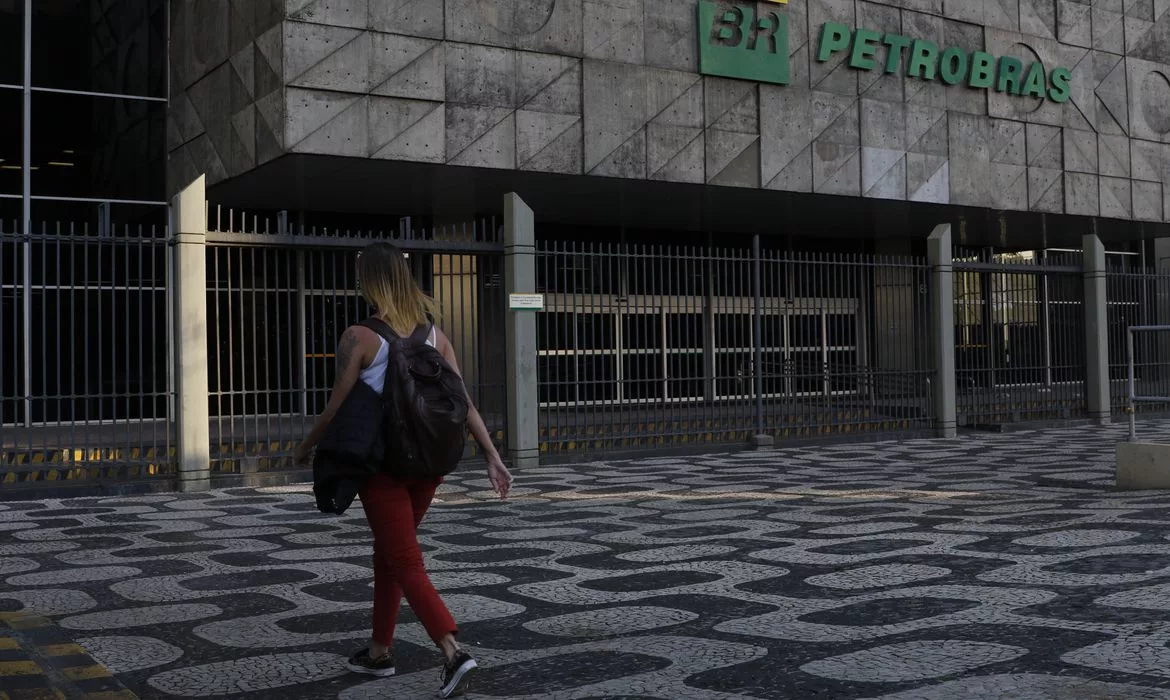
The Sixth Assessment Report of the UN’s Intergovernmental Panel on Climate Change (IPCC) – tasked with mitigation – shows there remains limited time to avoid the worst climate impacts. That means the world must generate stronger incentives and cooperation to achieve deeper decarbonization before 2030.
Implementing Article 6 of the Paris Agreement is considered an opportunity to achieve national emission reduction targets more cost-effectively, as it allows countries to voluntarily cooperate to reach more ambitious reduction targets by exchanging carbon credits (Article 6.4).
Trading carbon credits through carbon markets is thought to incentivize climate action, as credits are gained by removing or reducing greenhouse gases, replacing fossil fuels with renewable energy, or conserving carbon stocks in natural ecosystems.
There are pilot projects worldwide to ensure participating countries are ready to apply this cooperation model. The Sharm el-Sheikh Climate Change Conference (COP27) cleared the way for the first Internationally Transferred Mitigation Outcomes (ITMO) projects (under Article 6.2 of the agreement) – the passing of emission reductions from one country’s greenhouse gas inventory to another’s – supported by the United Nations Development Programme (UNDP).
Reducing costs for national climate targets
Carbon markets can create space to more cost-effectively accelerate the transition to a low-carbon economy. A report by the International Emissions Trading Association (IETA) suggests that carbon trading could cut the cost of implementing nationally determined contributions (NDCs) by more than half by 2030. That is because lower marginal abatement costs in low-income economies means a dollar spent in these markets, can abate more emissions than in high-income economies.
Article 6 of the Paris Agreement aims to establish an international compliance carbon market where a country can sell ITMOs to other countries to contribute to the buyer countries’ NDC targets. As part of this transaction, parties must make a “corresponding adjustment” to avoid double-counting issues between countries. Moreover, quality and integrity of credits are more important than ever, and high-quality carbon credit standards cannot be left aside in the urgency of implementation.
Many countries see ITMO trading as an innovative way to channel investments into low-carbon projects while promoting sustainable development in their jurisdictions. In addition, host or seller countries receive long-term mitigation benefits once the ITMO transfer is completed.
This transaction should not be viewed solely as a “direct purchase” but as an opportunity to explore different investment approaches that encourage the active participation of financing countries and the private sector. A Harvard Kennedy School study by Ely Sandler and Daniel Schrag shows the different possible investment mechanisms that could be used in the sovereign carbon market.
Article 6 pilots
Switzerland has some experience in the procurement of ITMOs through bilateral agreements with Peru, Ghana and the Republic of Vanuatu, among others. Similarly, Germany, through the Ministry of Economic Affairs and Energy, is funding a pilot project led by the Global Green Growth Institute (GGGI) in Colombia, Thailand, Zambia and Pakistan.
This project aims to convene ecosystem stakeholders to enhance readiness and create an enabling environment for Article 6 carbon trading. In addition, it aims to help governments put in place the policy and regulatory frameworks needed to participate in markets, strengthen private sector engagement and support increased climate ambition.
Recently, at a dedicated event at COP27, Ghana, Vanuatu and Switzerland launched the world’s first UNDP-supported projects on the Article 6 cooperative approach. UNDP will support countries participating in ITMO projects to improve transparency and efficiency through a new digital platform called “Carbon Cooperation.” This platform aims to develop capacity-building activities and improve participating countries’ carbon market readiness and ITMO workflows.
Operationalizing Article 6
During COP27, dialogues around creating an outline for reporting on governmental carbon trading agreements progressed.
The outline defines the information to be disclosed under each cooperative approach, including NDC targets, quantification methods, participation responsibilities, ITMO parameters and how corresponding adjustments will be made.
The new confidentiality clause (see Annex II for confidential information) allows the participating party to designate “information provided as confidential.” Skeptics consider that the confidentiality clause might limit the collaboration between parties and could encourage greenwashing in ITMO transactions due to the lack of public oversight.
Furthermore, experts agree that discussions should have addressed ITMO revoking conditions that could provide the normative safeguards to enhance stronger participation in ITMO transactions. Instead, the lack of normative revoking guidelines generates a lot of confusion about why and when a host country can revoke the transacted ITMOs.
Developing sovereign carbon markets
It is important that businesses and other non state actors are involved to achieve the desired outcomes of sovereign carbon markets. That is why the UNDP has launched the Carbon Payments for Development (CP4D) initiative, which facilitates and encourages private sector investment in climate change mitigation projects. Similarly, the GGGI Assembly and Council approved the creation of the GGGI Carbon Transaction Platform (CTP) in October. This platform will introduce a new facility to support the readiness of seller countries by managing one or more carbon trust funds.
Institutional partnerships are growing to enhance the traceability, security, credibility and efficiency of credit trading. The Climate Action Data Trust (CAD Trust) is a joint initiative of the IETA, the World Bank and the Government of Singapore.
To promote market transparency, the CAD Trust will help promote high-integrity systems and digital links to registries and mitigation, reporting and verification (MRV) systems. This promotion is intended to improve confidence in carbon markets, which is currently affected by diversity in standards, local carbon prices and principles.
Stakeholder participation
The availability of Article 6 learning resources and capacity building processes are undeniably improving. Nevertheless, there is still a lack of understanding of the operation of Article 6.2 and Article 6.4, and the rules for the corresponding adjustment process to avoid double counting in reporting. Can project developers choose to generate credits under article 6.2 or Article 6.4? Will there be mandatory guidelines for the adjustment of NDCs or is it for buyers and sellers to decide?
Sharing of best practices from ongoing pilot projects, information disclosure and assistance and articulation of ecosystem stakeholders are crucial steps to spark and ensure the benefits of carbon markets for governments and private companies. Now we need to “cash-out” the golden ticket and embark on the active participation of governments and the private sector to comply with global decarbonization requirements in the fight against climate change.
This content has ben written by the World Economic Forum and edited by Guilherme de Franco.






